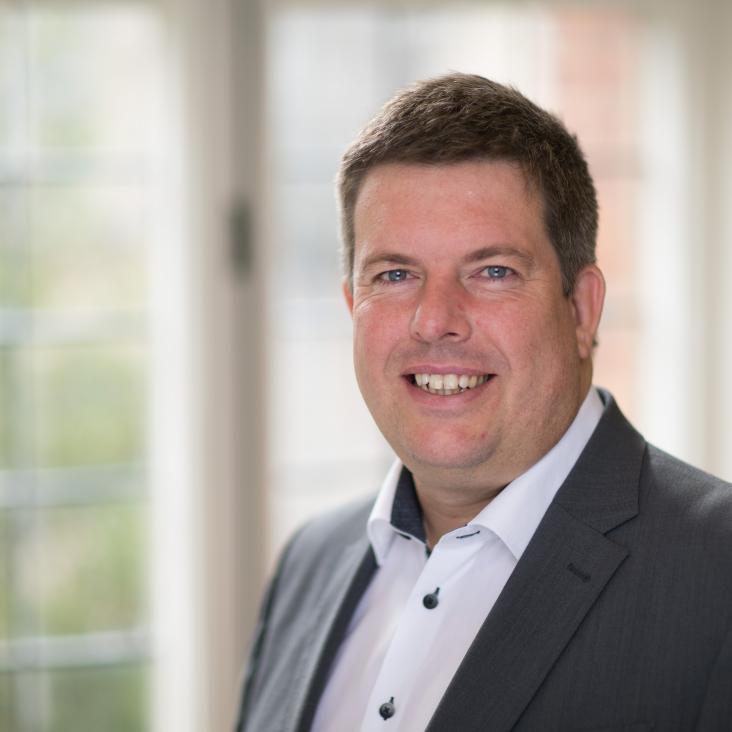Creation of a molecular condensate by dynamically melting a Mott-insulator
Physical Review Letters 89 (2002) 040402, 4pp
Dynamically turning off interactions in a two-component condensate
Physical Review A - Atomic, Molecular, and Optical Physics 65:3 B (2002)
Abstract:
A method to change the interaction strength of a two-component condensate by π/2 pulses is introduced. It is shown that applying a specific series of pulses to the condensate leads to an effective time-averaged Hamiltonian, which is of the form of the original two-component Hamiltonian with an interaction strength depending on parameters of the external field. In addition, it is shown that it is possible to store a spin-squeezed state of a condensate for an arbitrarily long time.Dipole blockade and quantum information processing in mesoscopic atomic ensembles.
Phys Rev Lett 87:3 (2001) 037901
Abstract:
We describe a technique for manipulating quantum information stored in collective states of mesoscopic ensembles. Quantum processing is accomplished by optical excitation into states with strong dipole-dipole interactions. The resulting "dipole blockade" can be used to inhibit transitions into all but singly excited collective states. This can be employed for a controlled generation of collective atomic spin states as well as nonclassical photonic states and for scalable quantum logic gates. An example involving a cold Rydberg gas is analyzed.Uniting Bose-Einstein condensates in optical resonators.
Phys Rev Lett 86:21 (2001) 4733-4736
Abstract:
The relative phase of two initially independent Bose-Einstein condensates can be laser cooled to unite the two condensates by putting them into a ring cavity and coupling them with an internal Josephson junction. First, we show that this phase cooling process already appears within a semiclassical model. We calculate the stationary states, find regions of bistable behavior, and suggest a Ramsey-type experiment to measure the buildup of phase coherence between the condensates. We also study quantum effects and imperfections of the system.Quantum Computing with Trapped Particles in Microscopic Potentials
Chapter in Scalable Quantum Computers, Wiley (2000) 175-185


